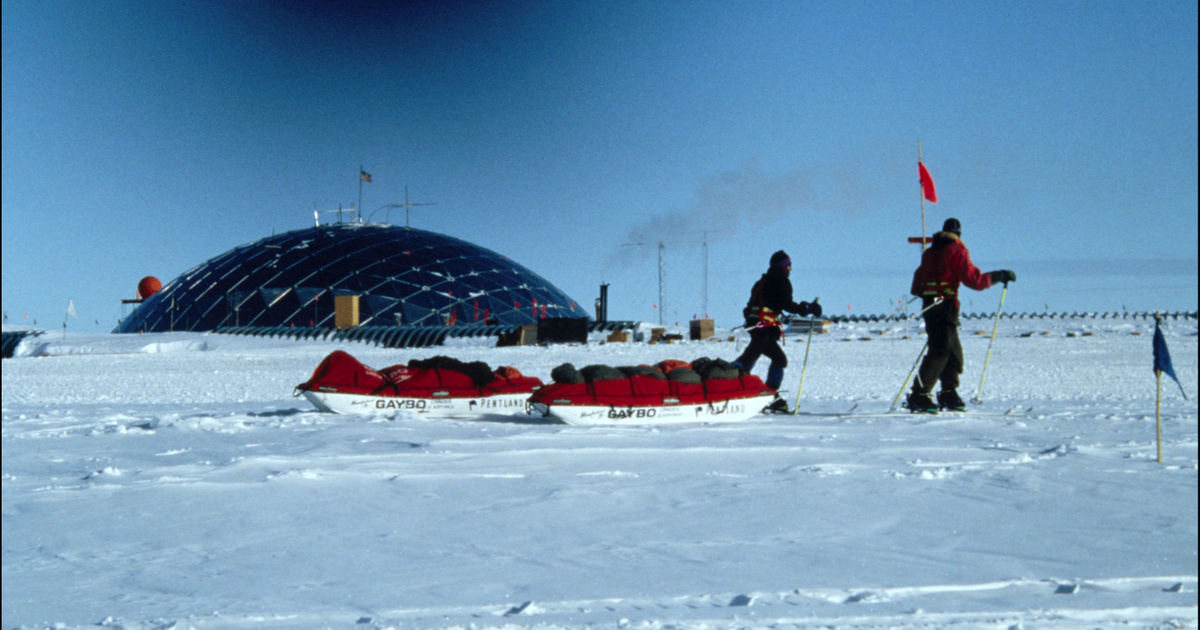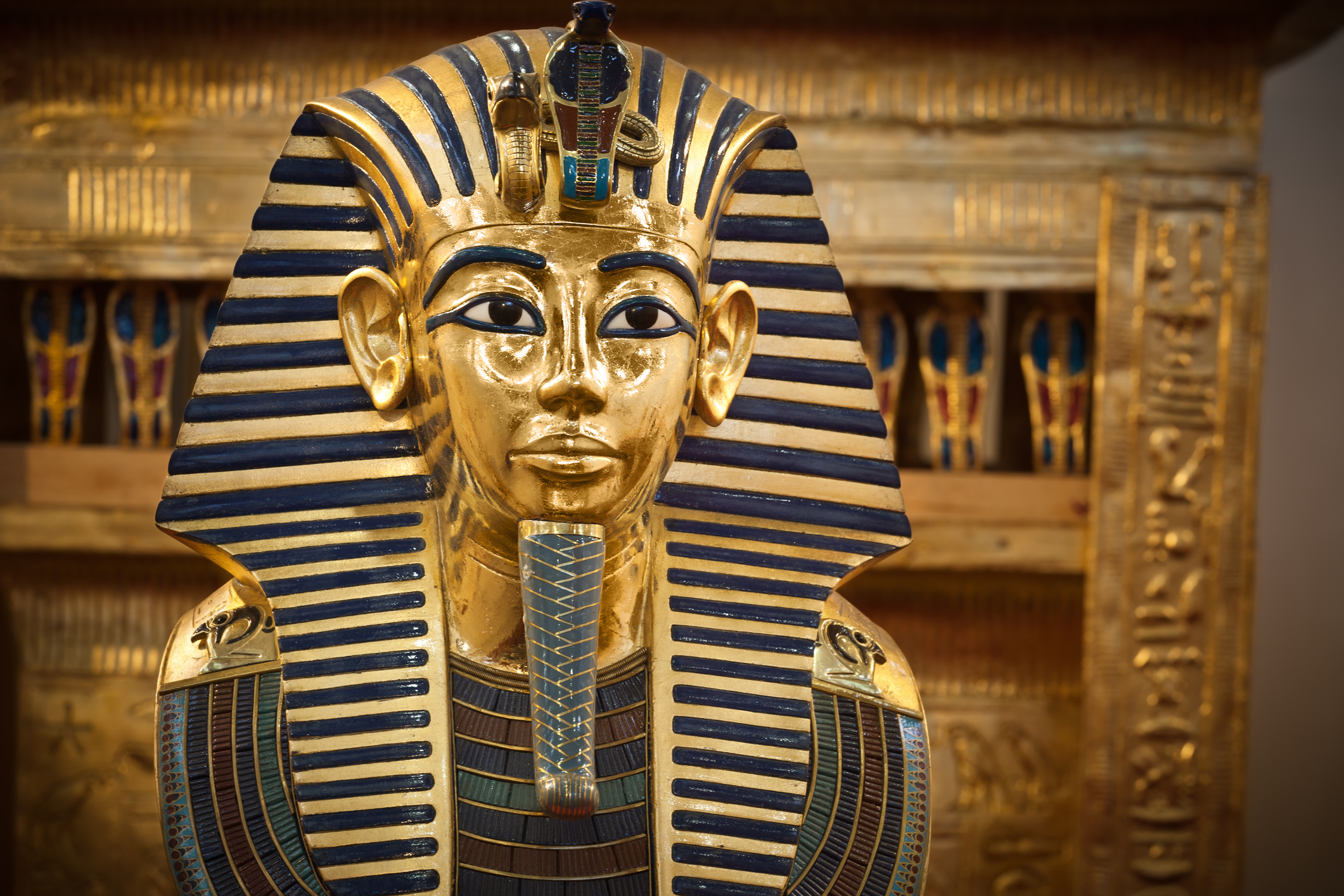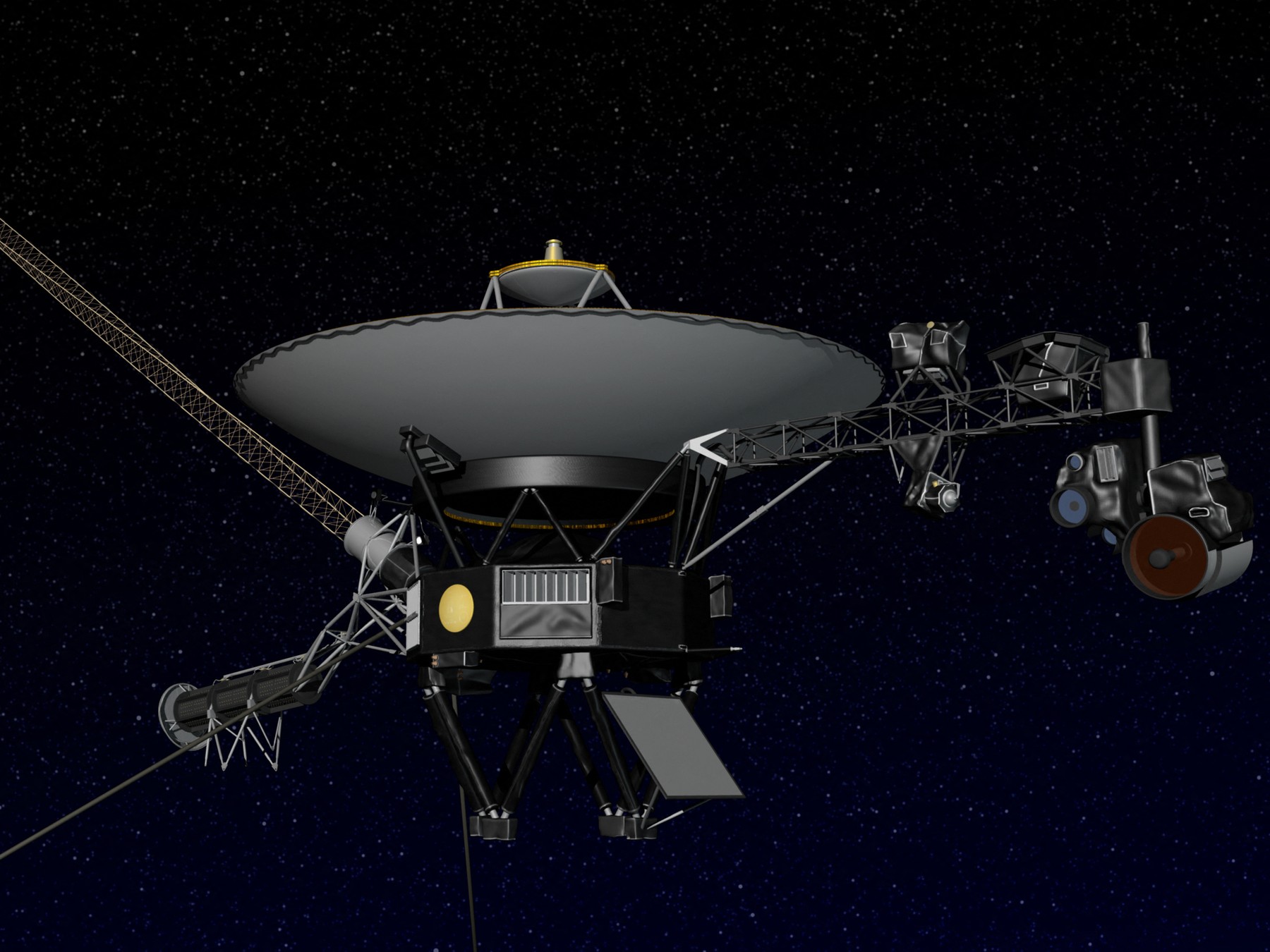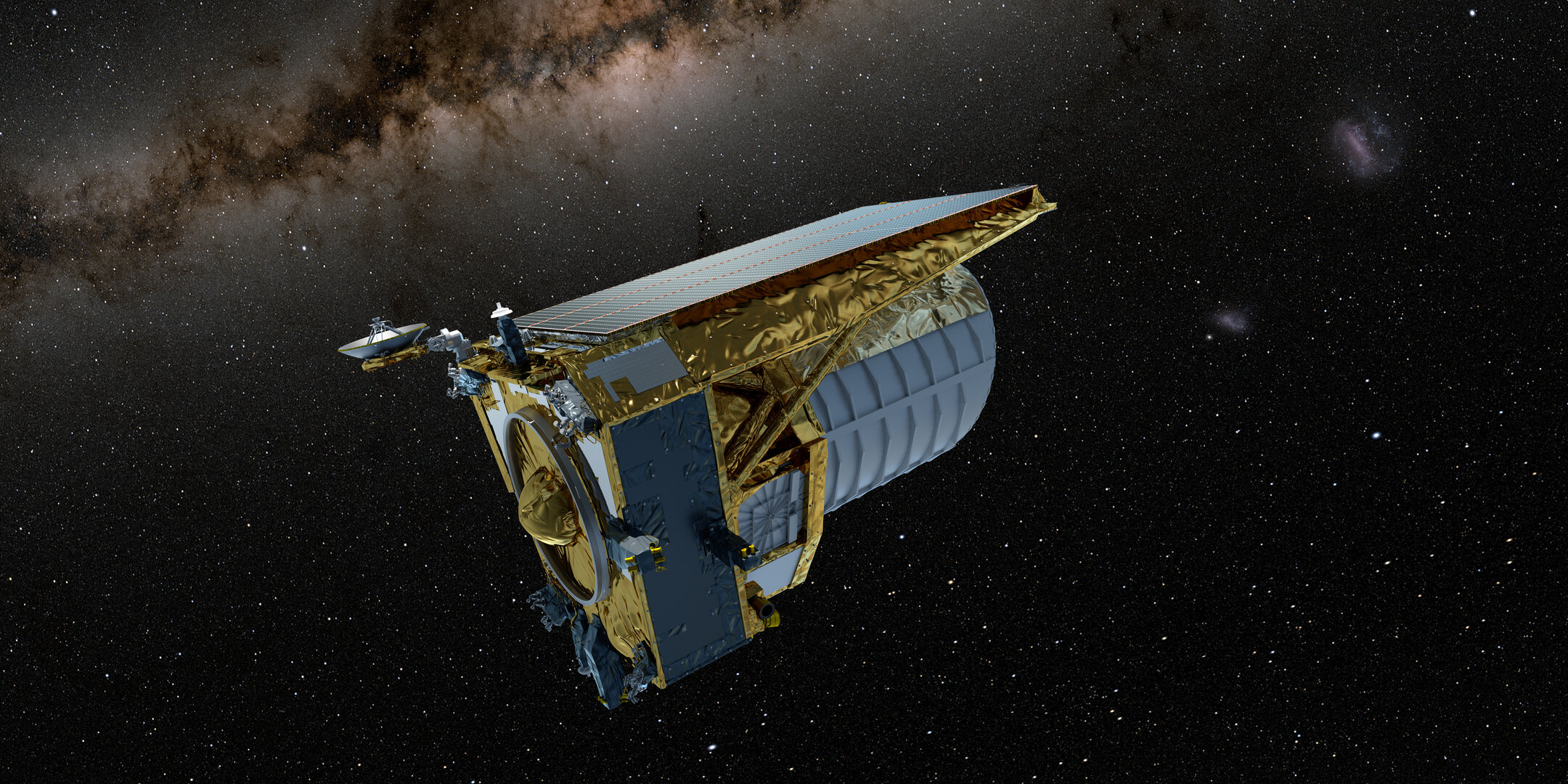Because of a thin layer of water ice, the Euclid Space Telescope's vision began to deteriorate, but after several months of careful planning, it was restored in a new way. The problem is not unusual, it is quite common for space telescopes orbiting in frozen space, but even this small amount of ice causes problems for this very sensitive instrument that is beginning to search for the dark universe. Based on ESA updates on March 20 and 26, the experiment proved successful, and Euclid's “vision” was restored.
face(Visual tool) A slight but gradual decrease in the amount of light reaching sensitive equipment in the visible range has been observed during fine-tuning and calibration of Euclid instruments over the past months. A common problem arose, as was the case with many other telescopes: During assembly on Earth, water vapor condensing from the air in space began slowly leaking from various parts of the spacecraft. In a freezing environment, these water molecules usually stick to the first surface they encounter – If these were the optics of a space telescope, a thin layer of ice would form there.
According to Misha Shermer, the researcher responsible for the Euclid Consortium calibration, the VIS brightness measurements of the same stars were compared with their own and previous measurements of the European Space Agency's Gaia space telescope. There are stars whose brightness does change, but most remain stable for millions of years. Thus, when a small but persistent decrease in brightness was detected in Euclid's data, it was known that the stars were not fading, but that there would be a problem with the telescope.
They expected that water vapor trapped in the space telescope could gradually penetrate and impair Euclid's view, because it is really difficult to build and launch a spacecraft from Earth in such a way that at least a little water vapor from our planet's atmosphere disappears. No escape into its structure. For this reason, shortly after the launch, a so-called “evaporation period” was performed, during which the telescope was heated using on-board heating units and partly directed towards the Sun, so that most of the water molecules sublimated. However, a significant amount may have remained in the telescope's multi-layer insulation, which is now slowly seeping into space.
After several months of research, modeling, laboratory tests (where they analyzed how extremely thin layers of ice scatter and reflect light) and calibration, it was proven that several layers of water molecules had frozen onto Euclid's optics. It was probably only a few nanometers thick (roughly the thickness of a single strand of DNA), which in itself demonstrates how sensitive the new European space telescope is.
Defrosting of the Euclid Space Telescope from 1.5 million km away
The easiest solution was to heat the entire telescope well before launching using a method developed to remove impurities. Ground control personnel were supposed to send commands to turn on all onboard heaters for several days, slowly heating the spacecraft to its current temperature of approx. -140°C to -3°C is “nice”.
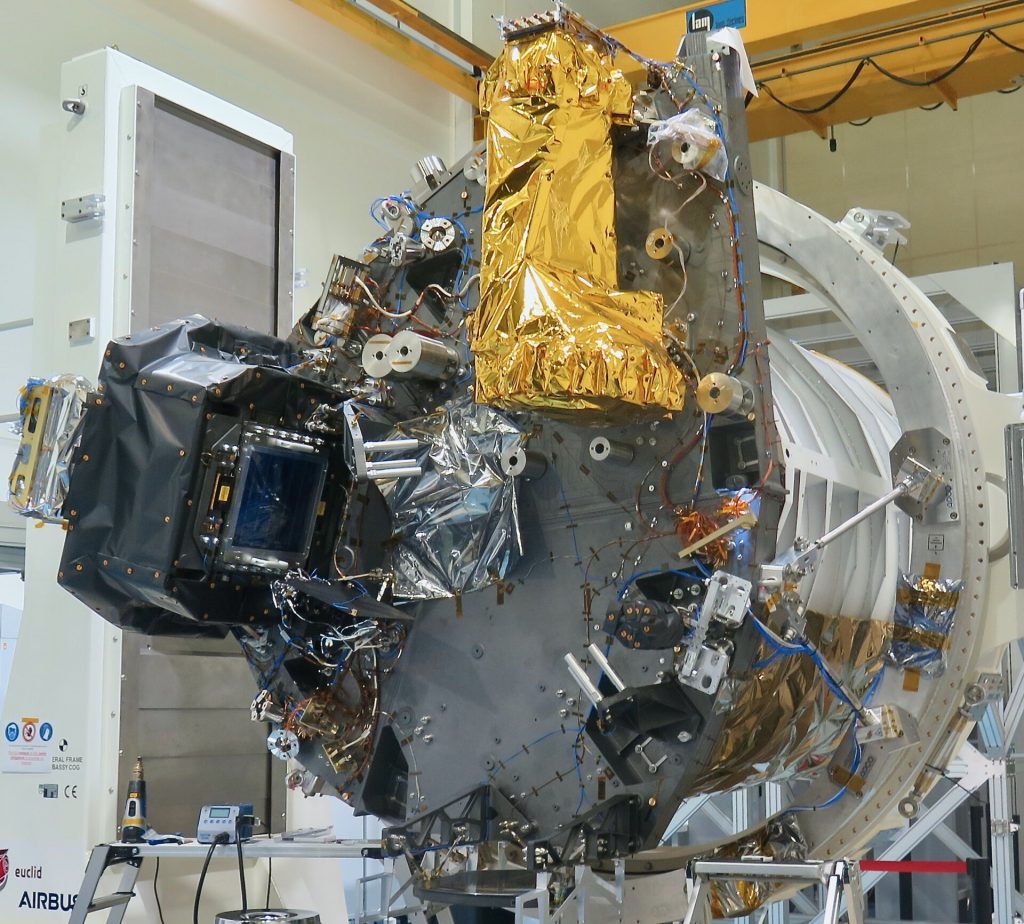
This will clean the optics, but will also heat up the entire mechanical structure of the telescope. Most materials expand when heated, and so do not necessarily return to their original shape exactly at the end of a one-week cooling period; Hungarian, there is a possibility that Euclid's carefully modified optical equipment will also change, if only slightly. In the case of such a sensitive device, which can detect the effects of changes of less than 1 degree Celsius, this requires repeated calibration over several weeks. Most spacecraft don't need to maintain such stringent thermal-optical stability, said Andreas Rudolph, Euclid's flight director. However, in order to achieve Euclid's scientific goals, the space telescope must be kept very stable (including its temperature), so great care must be taken when operating the heating units.
In order to minimize changes caused by thermal expansion, the Euclid team decided to heat the low-risk optical components one at a time, as evaporating water was less likely to contaminate other measurement equipment or optics. First, they decided to heat Euclid's two mirrors, which could be heated separately. If the amount of incoming light continues to decrease and begins to interfere with scientific measurements, Euclid's other mirrors will be heated one by one, each time checking whether the image has improved.
Euclid engineers had an idea about this, but they couldn't be sure which mirrors were causing the problem. At the European Air Traffic Control Center (European Space Operations Center – ESOC) It was midnight when they started heating up the first two mirrors. Special attention was paid to timing, so that they are in constant contact with the space telescope during the entire heating period. This was necessary so that any unexpected consequences or anomalies could be addressed immediately. Fortunately, everything went according to plan and the improvement was already striking at the first measurement after heating.
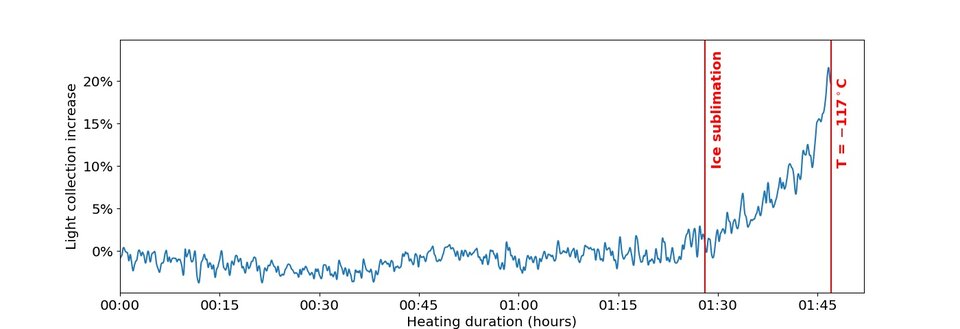
The prime suspect was the coldest mirror behind the telescope's main optics. This was heated from -147°C to -113°C. It was not necessary to heat it any further, because even in a near vacuum, this temperature was sufficient for the ice to sublimate quickly. The procedure was successful, and almost immediately they saw a 15% increase in the amount of incident light. In the future, they expect an icy coating to form on the same mirror, but for now Euclid's “vision problems” will be easier to solve. If necessary, heating of this mirror is repeated every six months or every year, which will cause only minimal inconvenience to scientific measurements of the telescope.
After months of research, late-night work by ESA Control Center staff and 100 minutes of targeted heating finally paid off, and Euclid's vision was perfect again. The studies carried out on the working method and the unexpectedly successful operation will also be useful in the future for repairing other spacecraft that also suffer from icing problems.
comment













